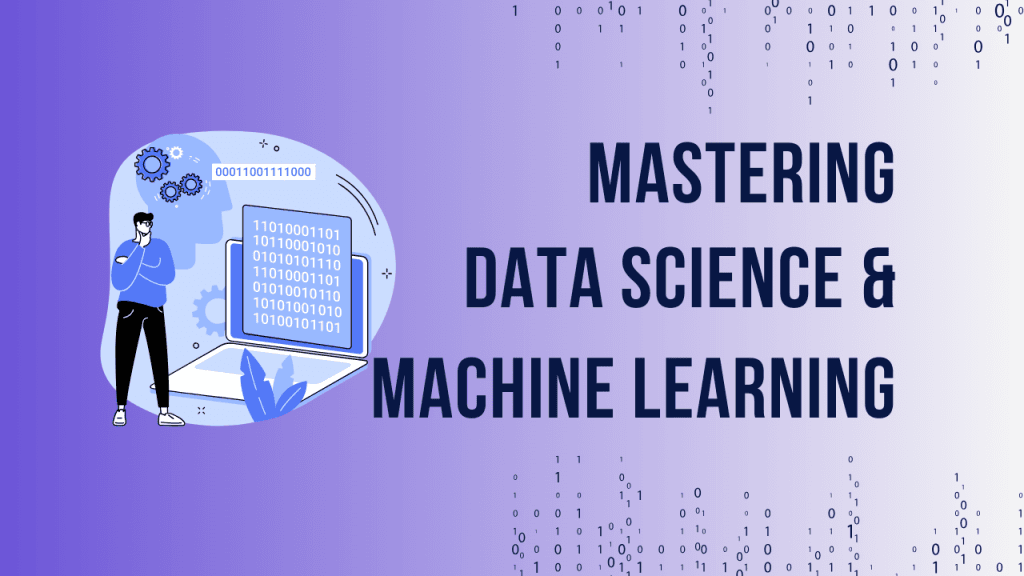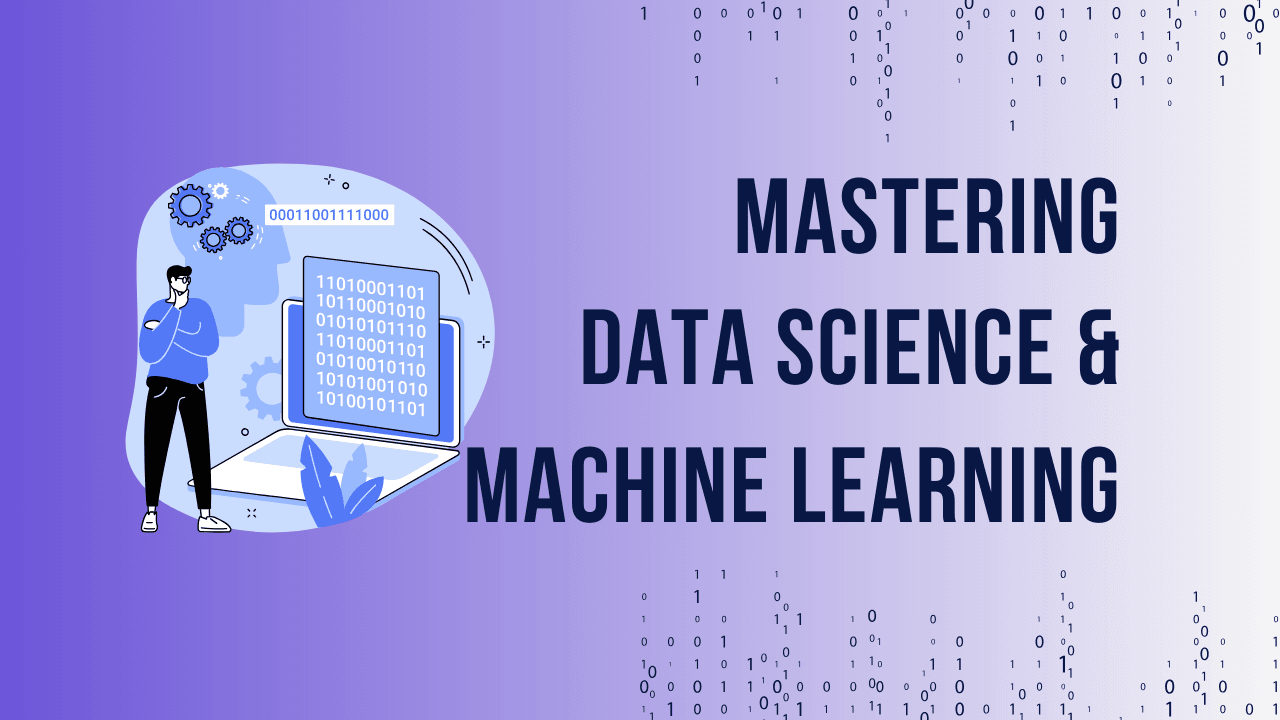Introduction to Deadlock in DBMS
What is a Deadlock?
Imagine being stuck in a traffic jam where no one can move because every car is waiting for another to move first. That’s essentially what a deadlock is in the world of databases. Deadlock in DBMS occurs when two or more processes hold resources that the other needs, and none can proceed.
Why Does It Occur in DBMS?
Deadlocks arise due to the concurrent nature of database systems. When multiple transactions try to access shared resources without proper coordination, they can end up in a standoff, causing the system to freeze. This makes deadlock handling a critical aspect of maintaining database efficiency.
Understanding the Basics of deadlock in dbms
Essential Features of a Deadlock
To understand deadlocks, you need to know their four essential conditions:
Mutual Exclusion: Resources cannot be shared simultaneously.
Hold and Wait: Processes hold onto resources while waiting for others.
No Preemption: Resources cannot be forcibly taken away.
Circular Wait: A cycle of dependency among processes.
Unlock Your Data Science & ML Potential with Python
Join our hands-on courses and gain real-world skills with expert guidance. Get lifetime access, personalized support, and work on exciting projects.


Unlock Your Data Science & ML Potential with Python
Join our hands-on courses and gain real-world skills with expert guidance. Get lifetime access, personalized support, and work on exciting projects.
Examples of Deadlock in Databases
Picture this: Transaction A locks a row in Table X while waiting for a row in Table Y, which is locked by Transaction B. At the same time, Transaction B is waiting for the row locked by Transaction A. Neither can move forward, leading to a deadlock.
Types of Deadlock in DBMS
System-Level Deadlock
This type occurs due to resource allocation issues within the database management system itself.
Causes and Impacts
Causes: Poorly designed resource management algorithms.
Impacts: Entire systems can become unresponsive.
Application-Level Deadlock
This type happens when user-written application code causes a conflict.
Detection and Prevention
Regular code reviews.
Using proper database transaction logic.
Key Conditions for deadlock in dbms
Mutual Exclusion
A resource can only be used by one process at a time.
Hold and Wait
Processes hold resources while waiting for others, creating dependencies.
No Preemption
A process must voluntarily release a resource; it cannot be forcibly taken.
Circular Wait
Processes form a loop, with each process waiting for a resource held by the next.
deadlock in dbms: Detection Methods
Wait-for Graph Technique
This method involves building a graph where nodes represent processes and edges represent dependencies. If a cycle is detected, a deadlock exists.
Transaction Timeout Mechanism
In this approach, transactions are terminated if they exceed a predefined time limit, breaking the deadlock cycle.
Deadlock Prevention Techniques
Avoiding Circular Waits
By imposing an order on resource requests, circular waits can be prevented.
Resource Ordering
Assign a unique priority to resources. Processes must request resources in ascending order of priority.
Ensuring Preemption
Higher-priority processes can preempt resources from lower-priority ones.
Priority-Based Preemption
This ensures that critical processes are not starved of resources.
Role of Deadlock Handling in System Performance
Impact on Database Efficiency
Proper deadlock handling ensures smoother database operations and reduced downtime.
Minimizing Downtime
Effective deadlock management prevents prolonged system outages, keeping users happy.
Tools and Software for deadlock in dbms Management
Top Tools for Monitoring Deadlock
SolarWinds Database Performance Analyzer
Paessler PRTG Network Monitor
Integration with Modern DBMS
Modern tools seamlessly integrate with systems like MySQL and PostgreSQL for real-time monitoring.
Common Challenges in deadlock in dbms Handling
Real-World Scenarios
Deadlocks often arise in high-traffic systems where concurrent transactions are frequent.
How Organizations Overcome Them
By adopting advanced algorithms and investing in robust monitoring tools.
FAQs-Deadlock in DBMS
What are the main causes of deadlock in DBMS?
The main causes are mutual exclusion, hold and wait, no preemption, and circular wait.
Can deadlocks be completely avoided?
While it’s challenging to eliminate deadlocks entirely, effective prevention and avoidance techniques can minimize their occurrence.
How does the wait-for graph help in deadlock detection?
It visualizes process dependencies, making it easy to identify cycles that indicate deadlocks.
What’s the difference between deadlock in dbms and livelock?
In a deadlock, processes stop; in a livelock, processes continue running but make no progress.
Which is better: deadlock prevention or recovery?
Prevention is often preferred as it avoids downtime, but recovery is essential when prevention fails.
Unlock Your Business Intelligence Potential with Power BI!







